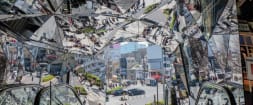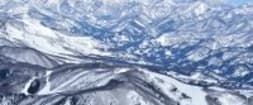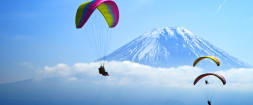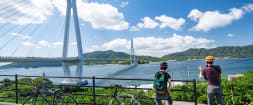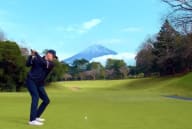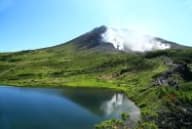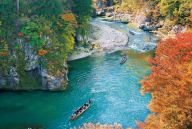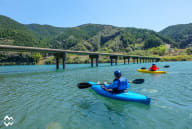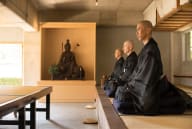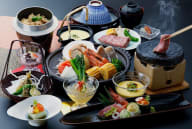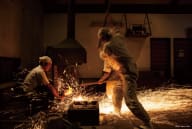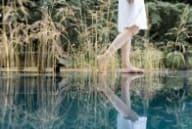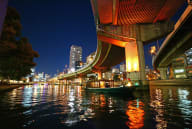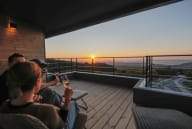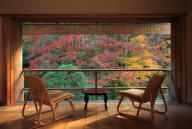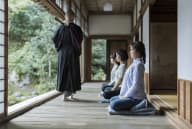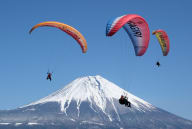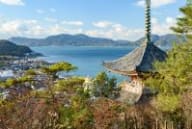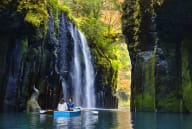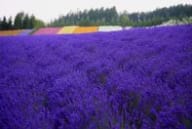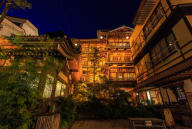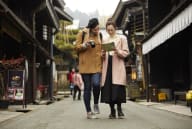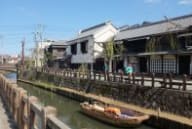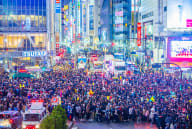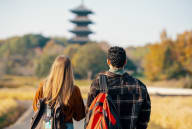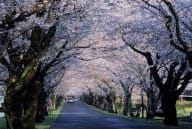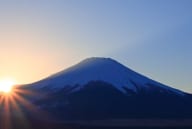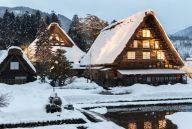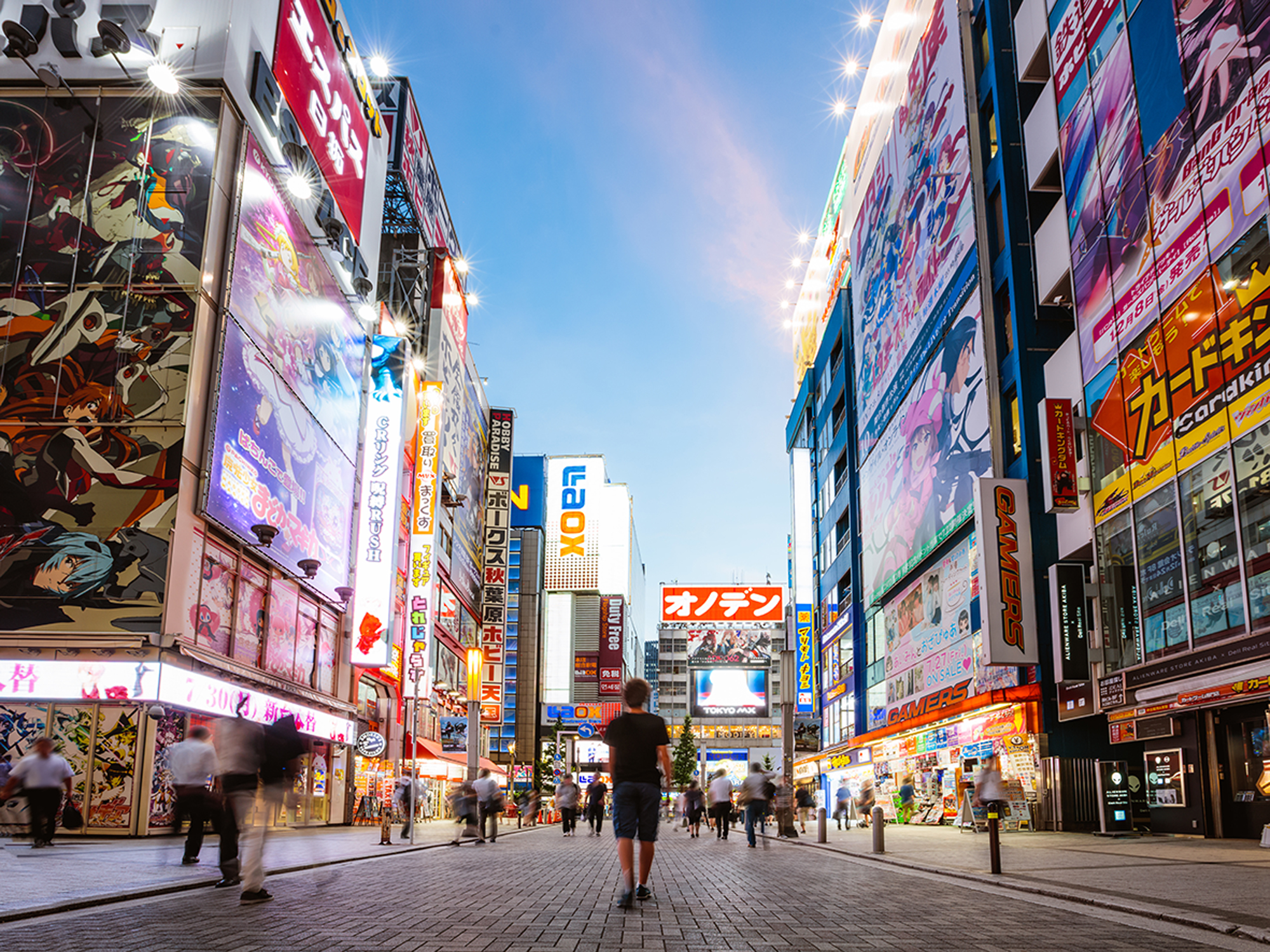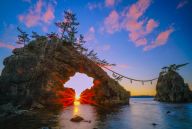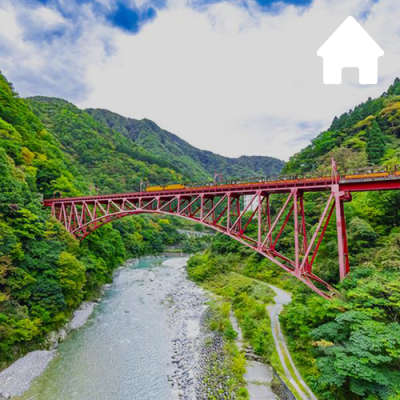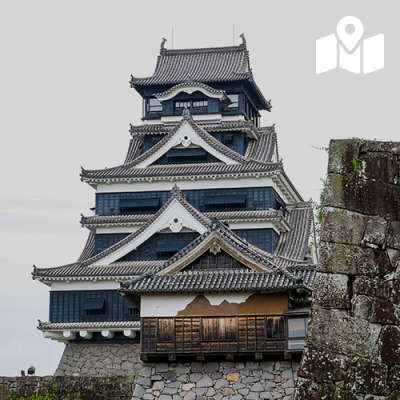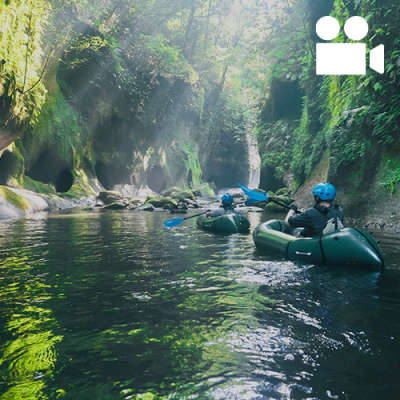Use the
Planning a Trip to Japan?
Share your travel photos with us by hashtagging your images with #visitjapanjp

As an Indonesian, when I first heared the word Hokkaido, my mind immediately pictured snow sculptures and icy landscapes – images shaped largely by their famous Snow Festival held each winter. Naturally, I didn’t expect much from a visit in early summer. But how wrong I was. This northern island reveals volcanic landscapes, rich nature, and vibrant culture. Hokkaido’s cool air is a refreshing contrast to the heat and rain in Japan’s southern islands such as Honshu and Kyushu. Thanks to cold mountain winds and lingering snow, the climate here stays pleasantly cool, making exploration a pure joy.
As part of my visit, I explored one of the main themes of the 2025 International Exposition, “Saving Lives,” and experienced how communities preserve and coexist with nature through sustainable tourism, while discovering the healing power of pristine landscapes.
Exploring Shikotsu-Toya National Park: nature’s timeless theater
This national park is a treasure trove of volcanic calderas, steaming hot springs, dense forests, and crystal-clear lakes. My first stop was Noboribetsu, a town famous for its volcanic activity and bear population.

Floating above a sea of green in Shikotsu-Toya National Park
Boarding the ropeway to Noboribetsu Bear Park was unexpectedly charming. The gondola even had a giant teddy bear waiting inside, setting a playful tone. As we ascended, the vast forests of Shikotsu-Toya National Park stretched endlessly beneath us.
At the summit, about 70 majestic Ezo brown bears lounged lazily in the midday sun. These giants, some weighing up to 400 kilograms and towering over two meters tall, were fascinating yet intimidating. We attempted to feed them snacks from vending machines, but it seemed nap time had taken priority for most bears. Instead, clever crows swooped in for the treats.

Try to feed the bears (or the crows?) with a snack
A highlight was stepping onto the observation deck overlooking Lake Kuttara, a nearly perfect blue circle formed long ago by volcanic activity.
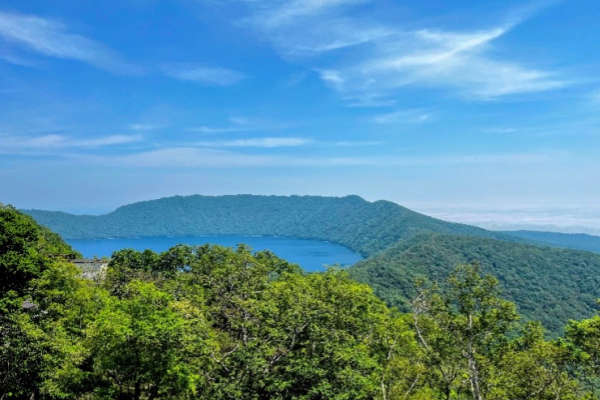
Lake Kuttara, a near-perfect circle born of fire and time
Nearby, just a five-minute walk from the nearest parking lot, I visited a shallow warm stream, lined with wooden benches. Even before seeing it, the sulfur scent was unmistakable. I soaked my feet in the naturally heated waters of Oyunuma, a foot bath free of charge and open to everyone. The gentle sulfur aroma mixed with natural sounds, creating a serene, almost meditative experience.
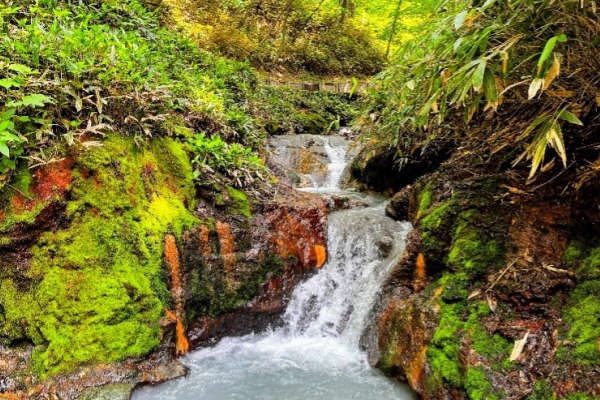
A forest spa
The day ended with a walk through Jigokudani, or “Hell Valley,” a dramatic volcanic landscape of steaming vents and barren slopes. Its eerie beauty and sulfur scent reminded me of Mount Papandayan in West Java, Indonesia. Walking through Jigokudani felt like stepping into earth’s inner working, where nature displays both its danger and grandeur. It was a humbling reminder of our planet’s volatile beauty.
Lake Shikotsu: where the waters never freeze
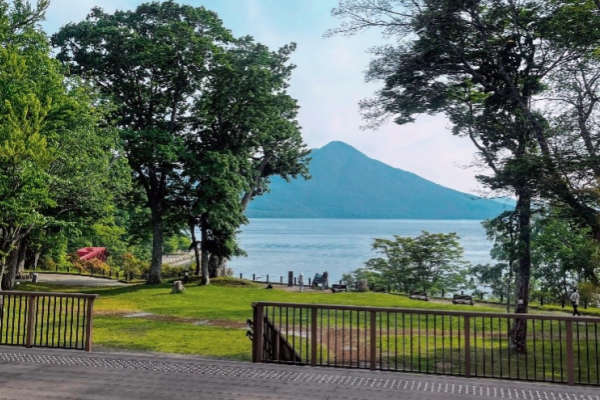
Lake Shikotsu: a hidden gem shaped by ancient forces
Next was Lake Shikotsu, Japan’s deepest caldera lake, reaching a depth of 363 meters. Our guide explained that thanks to its depth and the geothermal warmth below, the lake never fully freezes in winter. The lake’s surface was mirror smooth, disturbed only by smooth breezes, as I manage a brief, peaceful glide on a swan boat. The iconic Red Bridge stood elegantly as a gateway to the nearby hot springs.

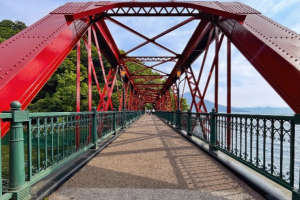
Swan boat rides and red bridge views
At Lake Shikotsu Visitor Center, I was fascinated by the impressive trunk of the Betula maximowiczii tree, measuring about 1.2 m in diameter and an aquarium showcasing native chippu salmon swirling endlessly. The Bird Voices corner let me press buttons to hear the forest’s hidden symphony.


Inside the Visitor center: From birdsong buttons to swirling chippu salmon
The area felt quiet when we visited as many shops were still closed before peak season, but there was a sense of anticipation in the air. It was as if the lake, the merchants, and the mountains were all waiting for summer to begin.
Strolling through Sapporo: urban life with room to breathe
I had assumed Sapporo, as a city, might feel quiet or sleepy. To my surprise, it’s Japan’s fifth-largest city, home to nearly two million residents. Yet, compared to Jakarta, where I live, Sapporo offered a rare balance: a vibrant urban scale without the rush or crush of dense crowds.

Lantern-lit alleys echo 150 years of local pride
Our walk began at Nijyo Market, a seafood and produce market that has served locals since the late 1800s. There were giant Hokkaido crabs on display and hand-written signs adding warmth to the space. If you pay attention to the details, you’ll notice the ceiling is adorned with lights that use floating balls. Our guide told us that they’ve been hanging there since the 19th century, when the city was built.

Majestic Hokkaido Crab – beyond any Indonesian variety
At the Sapporo TV Tower, we bypassed the typical observation deck and instead ascended City Hall’s 19th floor, where the city unfolded below: modern buildings mixed with green spaces, all framing the iconic steel tower.

Sapporo TV Tower rises above the cityscape
A few blocks away was the historic Sapporo Clock Tower. Built in 1878, it rang eleven times as I stood beneath it. From our tour guide, I found out that it’s still checked and calibrated every three days.
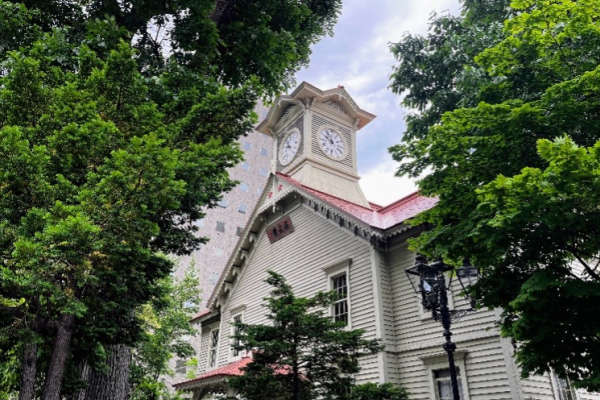
Clock Tower’s bell rings each hour – perfectly preserved
Our last destination was the Former Hokkaido Government Office, affectionately called “Akarenga” (Red Brick). Built in 1888, it served as the administrative center during Hokkaido’s early development. With its neo-baroque architecture and European flair, the building stood out beautifully against the surrounding greenery.
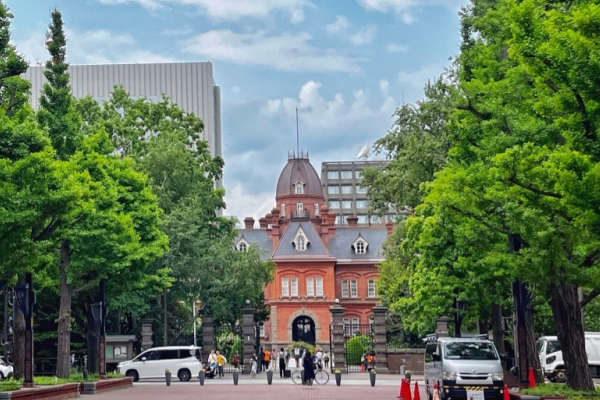
A touch of Europe in central Sapporo, circa Meiji era
Hokkaido doesn’t shout for attention. It quietly invites you to slow down and connect – with nature, culture, and community. This reflects the heart of Expo 2025 Osaka’s vision: Saving Lives, Connecting Lives, Empowering Lives. From healing hot springs that nurture well-being, to preserved lakes that empower environmental care, and cities that bridge past and future, Hokkaido shows these ideals in action.
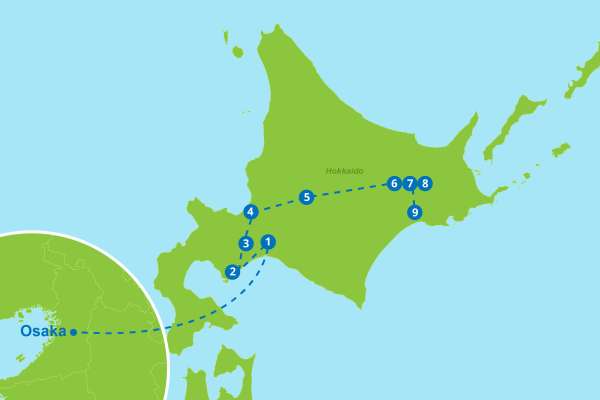
①New Chitose Airport
②Noboribetsu
③Lake Shikotsu
④Furano
⑤Sapporo
⑥Akanko Ainu Kotan
⑦Kamuy Lumina
⑧Lake Akan
⑨Kushiro Airport
-
About the author
Author: Husnul Hayyah
Profile: Husnul is from Indonesia and works at the Ministry of National Development Planning (Bappenas). A passionate solo traveler and hiking enthusiast, she enjoys discovering the quiet peace found in unfamiliar places.











